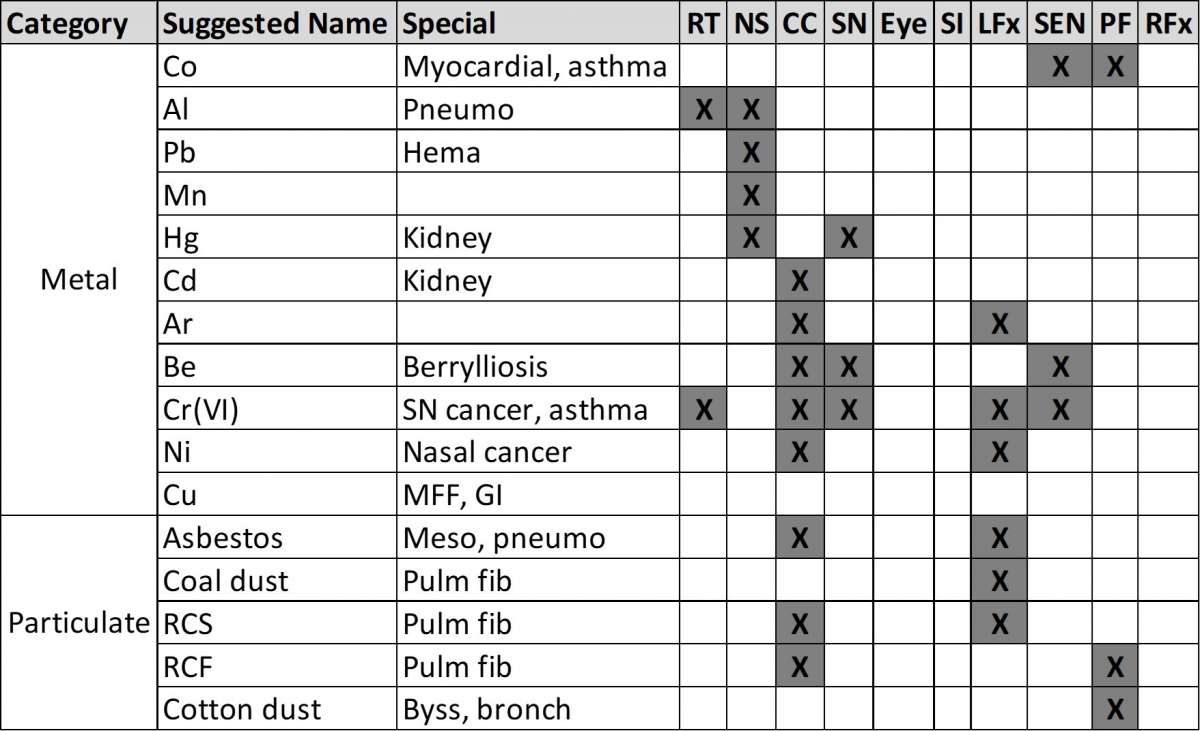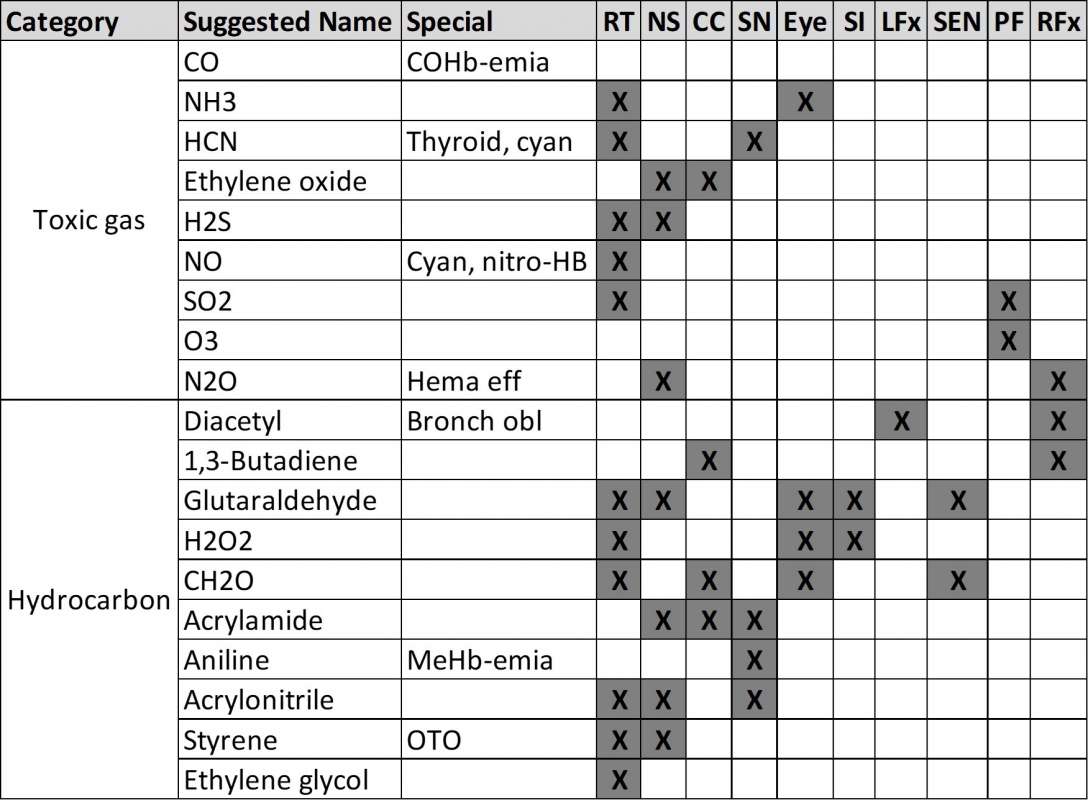Passing Rates
Tox Tables for the CIH Exam
Testing Pain
I was standing in line at the testing center, waiting for my turn to undergo the mental pain and anguish of an undergraduate science exam. The testing center at my university was an interesting place - it was quiet except for the occasional cough or shuffling of feet, and many swore they could smell the cortisol in the air.
Finally, I got to the front desk and was handed my exam and scratch paper. I sat down and mentally vomited the electron configuration diagrams and other chemistry tables I had memorized onto my scratch paper. While probably not the best way to learn the material, it was very effective at helping me pass (and usually excel on) my science exams.
I'll be the first to admit that I hate memorization for memorization's sake. I'd rather learn and apply principles - but sometimes for an exam, you have to just do it. Flashcards can work well, but for someone who's very visual, and enjoys a bit of drawing, creating and memorizing tables and diagrams can be more effective.
Toxicology and the CIH Exam
It's no secret that the CIH exam always contains many, often several, toxicology questions. Toxicology on the CIH exam tends to be more like 'toxicology trivia' than the application of toxicological principles. It was my lowest-scoring rubric area on the exam (surprise). It's a tough rubric area because it's one of the most important and weighty topics but also encompasses a vast amount of information.
To help candidates, I developed these Tox Tables for the CIH Exam. Candidates can use the tables as a reference, but you could also choose to start memorizing them. To do this I suggest you draw them several times until you can draw them completely, or almost completely, without referring to the original. Then I recommend drawing them one or more times per week until you take your exam.

It's a lot of information, so I divided the 65 contaminants into four tables with 11 to 19 contaminants each, grouped by general type. They are designed to help you remember the pattern created by the X's (for easier duplication, should you choose to memorize them). If you are comfortable with one group of contaminants then you could focus on the others.
There are 65 total contaminants. I included these because many (31) were included on NIOSH's Chemical Topics page, many (15) are included on the Bowen EHS Flash Cards, seven (7) can be found on both, and 12 were contaminants I decided to add. All health effects information in the tables comes from the TLV basis of the ACGIH TLV book.
I hope that they can help you organize and memorize important toxicologic information and pass the CIH Exam!

![]() Download Tox_Table-Final.xlsx (Excel)
Download Tox_Table-Final.xlsx (Excel)
Rustin Reed, PhD, CIH, CSP
Instructor
Dr. Reed is a Certified Industrial Hygienist, a Certified Safety Professional, and an educator whose professional and research experiences have focused on industrial hygiene in the mining industry. He manages multi-million-dollar interdisciplinary health and safety research projects funded by NIOSH. His current research interests include diesel exhaust, heat strain, evaluation of safety training, and the use of machine learning to improve safety and health. Rustin served as the Chair of the AIHA Mining Working Group and the Secretary of the Arizona AIHA Local Section.
Read more from Dr. Rustin Reed, PhD, CIH, CSP on LinkedIn.
The views and opinions expressed in this article are those of the author and do not necessarily reflect the official policy or position of Bowen EHS.


